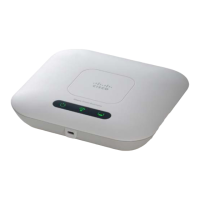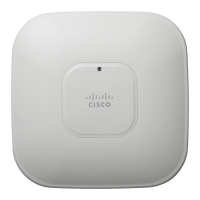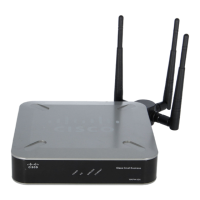Encryption, DES (Data Encryption Standard) and AES
(Advanced Encryption Standard).
IMPORTANT
The same encryption protocol must be set for all
Fluidmesh units in the wireless network.
6. To change the current encryption passphrase, enter a new
passphrase in the SNMP v3 encryption passphrase: field. The
default encryption passphrase is fluidmesh. To show the
passphrase as it is being typed, check the Show SNMP v3
encryption passphrase: check-box.
7. SNMP traps can be enabled for significant system-related events.
If needed, enable SNMP event traps by checking the Enable
SNMP event trap: check-box, and enter the name of the network
management station (NMS) host in the NMS hostname: field.
IMPORTANT
The NMS host to which traps are sent must have an
SNMP agent configured to collect v2c traps.
8. You can also configure the unit to send SNMP traps at defined
periodic intervals. If needed, enable periodic SNMP traps by
checking the Enable SNMP periodic trap: check-box, and enter
the name of the network management station (NMS) host in the
NMS hostname: field.
9. Save the SNMP settings by clicking the Save button.
Alternatively, clear the settings by clicking the Reset button.
7.6.6. VLAN settings
VLAN configuration
The VLAN SETTINGS window contains controls to connect the Cisco FM
Ponte kit to one or more virtual local area networks (VLANs) that are part
of the local wireless network.
IMPORTANT
The VLAN feature must be enabled using a software plug-in
(Fluidmesh part number FM-VLAN). Contact your Fluidmesh
Networks representative for details.
The Cisco FM Ponte kit features smart self-management of integration
with connected VLANs, with minimal configuration time and avoidance of
potential configuration errors. This is done by A) relying on the data-
processing configuration of a connected network switch, and B) obeying
predefined rules for management of incoming and outgoing data packets.
Device configuration using the configurator interface
© 2021 Cisco and/or its affiliates. All rights reserved. Page 77 of 132

